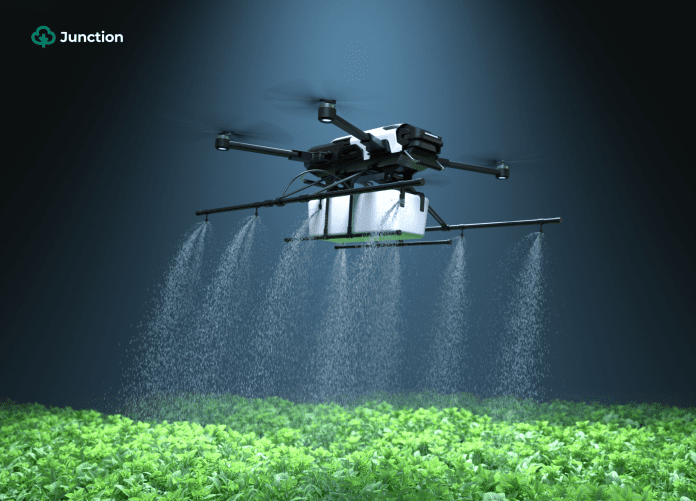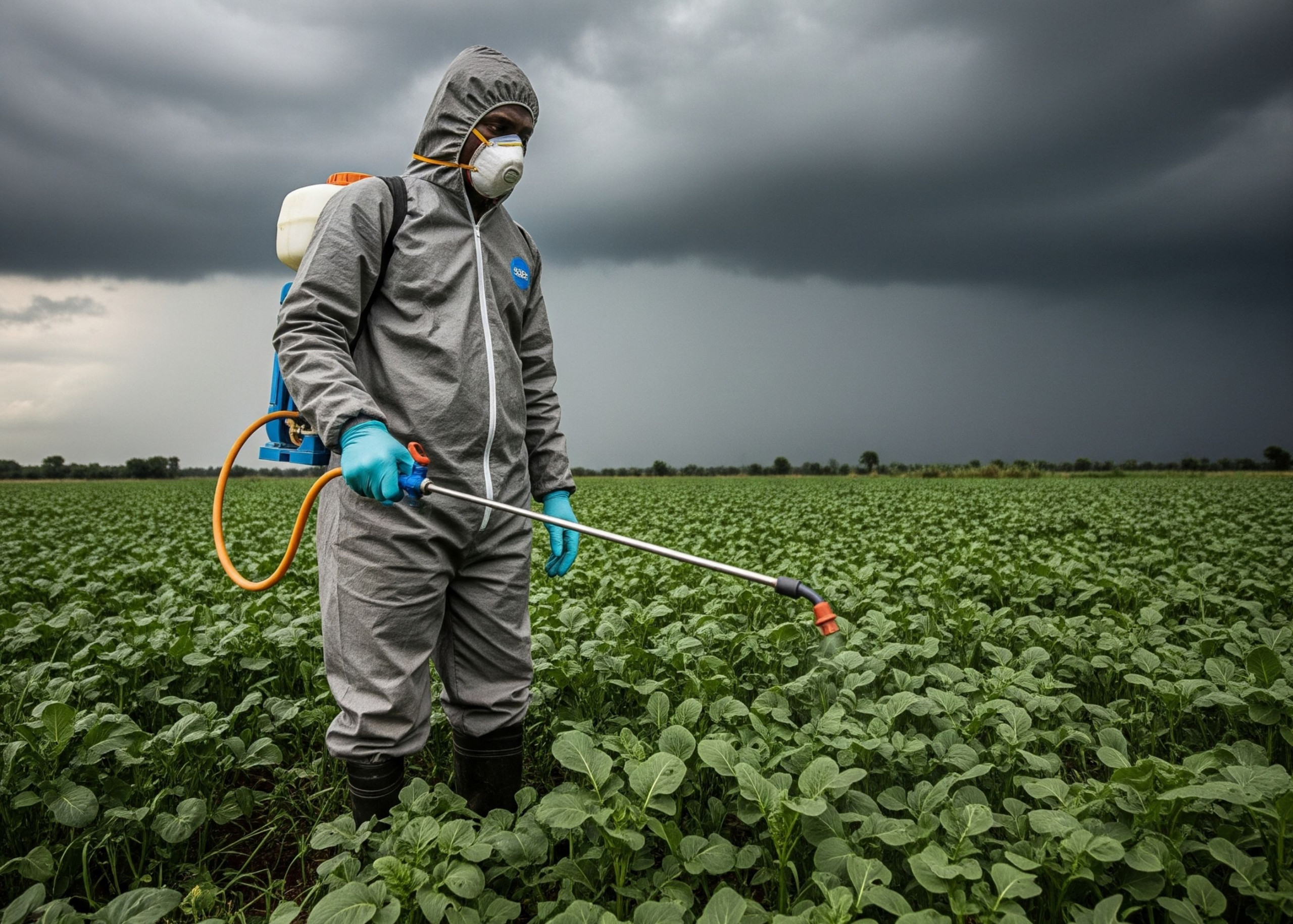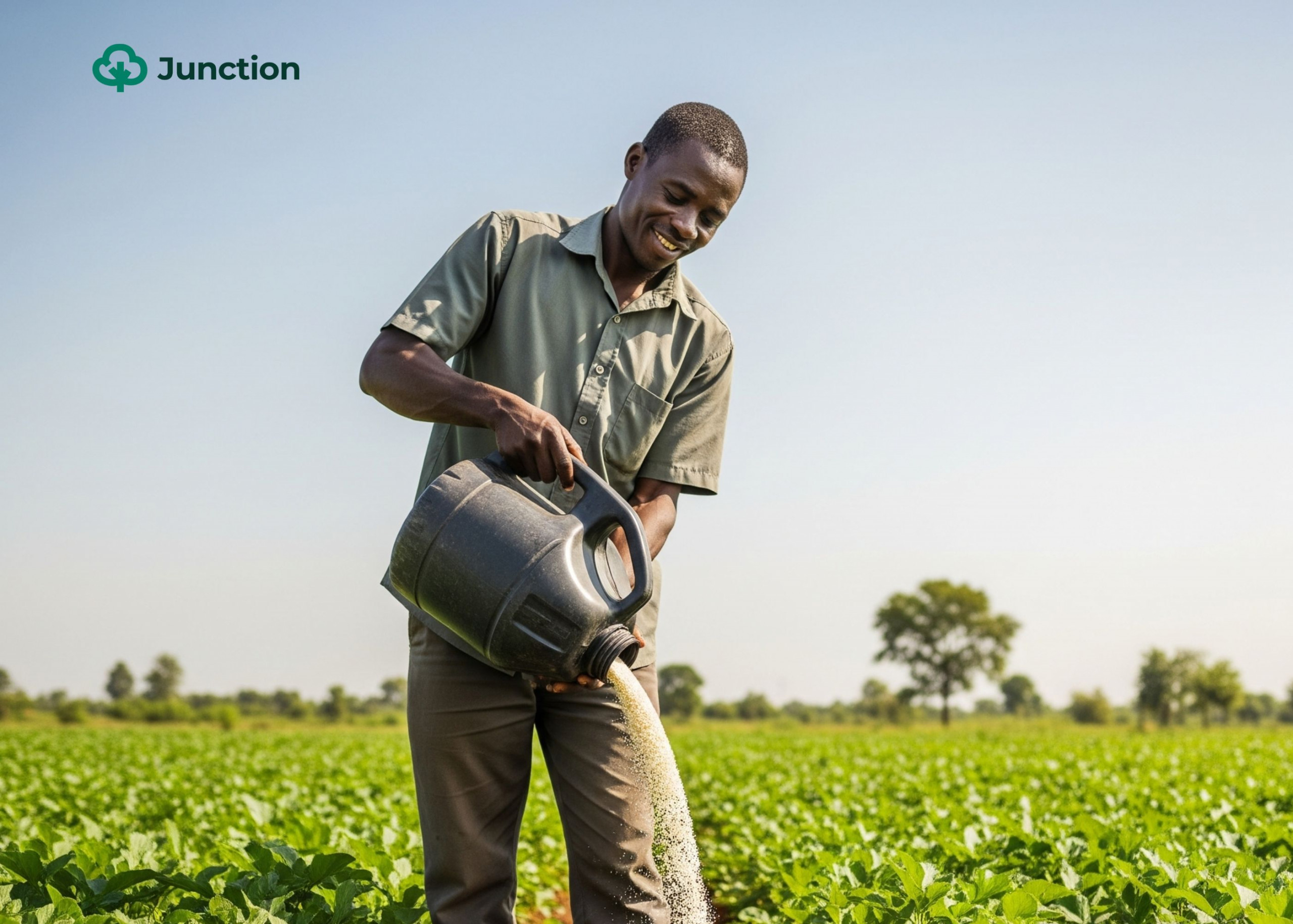Questions answered in this article: - Why do pesticides fail to provide adequate protection for crops against infestations? - How do adjuvants step in to provide extra protection for crops where traditional pesticides application may fail? - What are some economic importance of adjuvants in crop production and how vital can they be to nutrition?
Agrochemicals are chemical substances used to improve the nutrients in the field or crop growth. They include pesticides, herbicides, fertilisers and soil conditioners. Our focus here, pesticides, are not made of single ingredients; they are formulations or mixtures of substances. These formulations consist of designated pesticide compounds and other ingredients known as adjuvants.
Adjuvants, such as surfactants, antifoaming agents, and dyes, are added to pesticides to affect the absorption and stability of the active component, thereby enhancing its effectiveness in pest control. Some adjuvants are sold and used separately as ‘adjuvants pack’. These are added to the pesticide mixture during agricultural application.
It is important to note that adjuvants themselves are not pesticides. On their own, they do not have any pesticidal properties i.e., they cannot target, repel, kill, or control pests. Pesticides are agrochemicals that prevent plant diseases, weeds, and pests. They are vital to enhancing the quality of food products and providing protection. They also come in various forms of branded insecticides, fungicides, bactericides, rodenticides, herbicides etc.
However, Pesticides can fail when applied due to different factors. To prevent this, adjuvants come into play to reduce the probability of failure and improve effectiveness.
Why do pesticides fail?
Poor spreading of pesticides on the leaves of plants could cause failure because some areas may receive an insufficient amount of the active ingredient, leaving those areas vulnerable to pest infestation.
Also, they are designed to work at specific concentrations and coverage levels. If the application is uneven or sparse, the pesticide may not reach the target pests in sufficient quantities to effectively control them.
Uneven spreading could also contribute to sublethal doses on certain parts of the plant. This can promote the development of pesticide resistance in pests, making them less susceptible to the chemical over time. In addition, poor spreading may lead to pesticide wastage, as excess amounts may be required to compensate for inadequate coverage. Water surface tension can also lead to this problem if the farmer or sprayer fails to take note of adjusting the nozzle and timing application.
Washing away by rain or irrigation is another problem farmers face with the traditional use of pesticides. These chemicals are designed to remain effective on the plant’s surfaces for a certain period, providing continued protection against pests. However, heavy rain or excessive irrigation can wash away the pesticide residues, reducing their residual effect and leaving the plant vulnerable to reinfestation.

Some areas may receive more runoff, resulting in a higher concentration of pesticides, while other areas may be left untreated. This can lead to patchy pest control and incomplete protection. Another situation can arise with rain or irrigation, called pesticide drift or off-target movement. Drift occurs when wind or water carries pesticide droplets away to unintended areas, potentially harming non-target plants, nearby water bodies, or sensitive ecosystems.
Water pH can adversely affect pesticide performance as some may degrade rapidly in alkaline (high pH) or acidic (low pH) conditions, reducing the active ingredient’s concentration. This degradation can occur even before the pesticide can reach the target pests, rendering it ineffective. Some pesticides are more prone to hydrolysis under specific pH conditions. If the water used for pesticide application has an unfavourable pH, it can lead to the breakdown of the active ingredient, resulting in reduced efficacy. Water pH can also reduce absorption, making it hard for plants to take pesticides up through their roots or stem.
If a highly potent pesticide is applied at a concentration higher than the recommended rate, it can lead to the overexposure of target pests. Ironically, it helps these pests develop resistance. Also, highly potent pesticides can stay longer than intended, causing contamination and destroying useful organisms. It could pose a danger to insects, wildlife, and even non-target plants.
Expired pesticides have reduced potency and efficacy, so using them could be ineffective. In some products, their chemical composition may have broken down, or their formulation becomes unstable, leading to an inconsistent mixture. Components may separate, settle, or become clumped, making it challenging to apply the product evenly, which is a problem, as the first point in this section mentioned.
Besides the risk that poor storage of fertilisers poses to handlers and farmers, exposure may have caused chemical degradation, formulation instability, and reduced shelf life. Abusing pesticides can mean poor application without following instructions, and it could also mean over-application. Both instances are no good as they could be doing more harm than good to the environment, crops and the ecosystem.
All of the reasons above are within the farmer’s or applicatorâs control. Meanwhile, there are times that pesticides may fail even when protocols are observed, and pitfalls are avoided.
Pests often have various life stages (eggs, larvae, pupae, adults) and can exhibit different levels of vulnerability at different stages. If the pesticide targets one stage but not others, the pest population may persist and rebound after the pesticide’s effect diminishes.
In addition, over time, some pests can resist certain pesticides for no reason that farmers can determine. This means that the once effective pesticide against the pest no longer has the same impact, and the pest population continues to grow and cause damage. Environmental conditions, such as temperature, humidity, and rainfall, might reduce the pesticide’s persistence or efficacy, limiting its ability to control pests effectively.
Some of these can be dealt with by understanding pest behaviour, and others could be kept in check by applying adjuvants.
How can adjuvants solve these problems?
To understand how adjuvants can solve some of the issues that cause pesticides to fail, you must understand how they work. There are different categories of adjuvants grouped using different parameters. First, when considering the method of usage, there are formulated and sprayed adjuvants.
The manufacturer adds Formulated adjuvants to the pesticide directly to enhance their products. The manufacturer states the adjuvant inert ingredients, in some cases, there is no need for additional use of adjuvants.
Meanwhile, Spray adjuvants come in a separate pack or bottle and are meant to be added to the spraying tank mixture of pesticides. The adjuvant to use depends on the purpose of the application and the manufacturerâs description.

Another way to group adjuvants is by their purpose or function. In this category, there are activator and utility adjuvants.
Activator adjuvants
Activator adjuvants optimise the effectiveness of crop protection products. Including an activator adjuvant in a tank mixture can increase application efficacy and improve active functionality. Examples include surfactants and oil-based adjuvants.
Surfactants change the physical properties of the solution and droplets. They facilitate and accentuate emulsifying, spreading, and wetting properties of liquids. Examples are ethoxylated alkylphenols, which are non-ionic surfactants. They are added to pesticides to form micelles â small aggregates of molecules that form spontaneously in specific solutions. They increase the solubility of the active ingredient and protect it from degradation. In doing this, it will improve the half-life of the active ingredient and its pesticidal activity. Oil-based adjuvants work on the solution by increasing the penetration of spray droplets and also reducing surface tension. There are three oil-based adjuvants; crop oils, crop oil concentrates, and methylated seed oils. For instance, penetration of the active pesticide ingredient, diclofop-methyl, into maize leaves increases by using seed oil additives.
Utility or application aid adjuvants
Utility adjuvants are mixed in the tank solution to improve the spray application process. It includes buffering agents for pH for control, antifoam agents to reduce foaming during spraying and drift control agents to modify the spraying solutionâs viscosity.
Preventing self-poisoning from residue
Another benefit of farmers using adjuvants when applying pesticides is that it can help minimise the risk of self-poisoning due to crop residues. The World Health Organisation (WHO) says this is the leading cause of death by self-poisoning, especially in low- and middle-income countries like Nigeria.
Adjuvants can help improve the spread and coverage of the pesticide on the plant’s surface, reducing the need for repeated applications. As we have also already seen, they can increase the penetration of pesticides into the plant’s tissues, making it more effective against pests while reducing the amount of pesticide that remains on the surface of the crop.
Economic importance of adjuvants
Mixing adjuvant with pesticides will help increase the chemicalsâ half-life and slow down their leaching and degradation in soil. They also play a vital role in pesticide formulations by modifying their physicochemical properties. For example, drift retardants such as polyvinyl and polyisobutylene polymers increase spray droplet size and thus reduce the number of small droplets susceptible to being carried and spread by the wind.
Nigerian farmers spent about $384 million on pesticides in 2018, representing more than 200% increase from its 2013 figures. If the numbers continue to trend this way, the financial burden on farmers may lead to many braving the consequences of pests without using chemicals. The result of this is poor yield when infestation chokes production.

However, despite the preceding statements, Nigeria and the rest of Africa apply the lowest levels of pesticides per area of crop land, according to a Food and Agriculture Organization (FAO) report. This volume could be more effective if adjuvants were added as they will stay longer and provide residue protection for crops, among other functions.
Also, recall that earlier on, I mentioned that some farmers must spray pesticides twice to provide more cover. Specific adjuvants, like surfactants, can help avoid this situation with their ability to ensure better cover on the first go. Thus, reducing the amount purchased and used by the farmer.
Besides reducing pesticide usage and costs, adjuvants also play a key role in guaranteeing return on investments. As Nigerians experienced in the tomato scarcity of 2023, caused by the Tuta absoluta infestation, such far-reaching loss of crops can be avoided with effective pesticides backed by adjuvants.
The agricultural adjuvants market is projected to grow from $3.8 billion in 2023 to $4.8 billion by 2028, growing at a CAGR of 4.7%. Thus, pointing to the fact that more farmers are embracing its use to improve targeting pesticides and nutrient utilisation of fertilisers.
Conclusion
The addition of adjuvants in agricultural pesticides is vital for their effectiveness and better utilisation of the agrochemicals. However, it does not eradicate the importance of reading the manufacturer label and understanding the instructions for pesticide application.
Also, you should familiarise yourself with the safety precautions and application restrictions. Farmers should verify that the pesticide and adjuvant branded names they want to use are recognised by the Federal Ministry of Agriculture and rural development (FMARD) and registered with National Agency for Food and Drug Administration and Control (NAFDAC) before purchase. A recent example is the October 2022 press release where the drug agency had to remind agrochemical dealers and other parties about banned chemicals in Nigeria and several of its policies to prevent drug-related harm.



